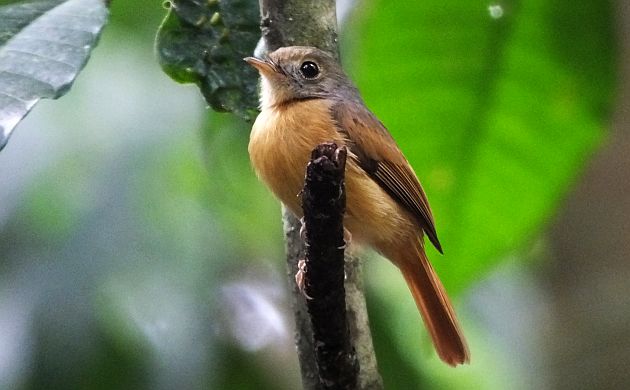
After the birding bugs bites, the abundance of new and colorful birds makes it easy to overlook or even blatantly ignore sparrows, “seagulls”, female ducks, and flycatchers. Nevertheless, sooner or later, the need to twitch forces us to be honest with ourselves and admit that those confusing birds are also deserving of binocular time. Good field guides, fellow birders, and patience can help us come to grips with the ones that seem to look the same but even then, it’s hard to get over the flycatchers.
In fact, thanks to the Empids, few other groups of birds seem to be more associated with dread than the tyrant-flycatchers. At first glance, every single species seems to be nothing more than an eye-ring and pair of wing bars. Throw in the equally dull pee-wees and a phoebe or two and we have a fine recipe for a constant case of identification anxiety.
Of course, once we get down to the nitty-gritty of bird identification, things like primary extensions and vocalizations help us realize that yes, indeed, they are actually different! That said, it can still be tough to forget those old feelings of hopelessness and frustration, especially when you travel somewhere new.
A lot of birders who come to Costa Rica do indeed fear the flycatcher because they assume that the country’s 80 plus members of the Tyrannidae are going to be just as painful as the little beasts sporting the eye-ring/wing bar combination back home. Ok, given the large number of flycatcher species, that fear is easy to understand but to be honest, their identification tends to be easier than the ones up north.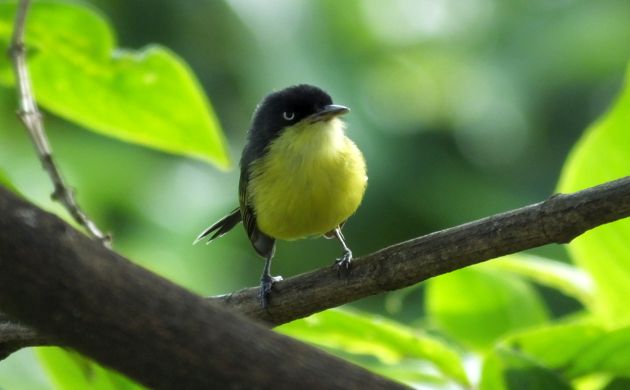
This Common Tody-Flycatcher seems to say, “Yes, I am a flycatcher, you wanna make something of it?”
Few very similar flycatcher species actually live in the same area and those can always be separated by vocalization, and/or a close study of their plumage. Yes, I realize that sounds familiar to the semi-sadistic challenge known as Empid watching but since it only involves a small percentage of the family, it’s not that bad.
For example, let’s take a look at two common flycatcher species; the Great Kiskadee and the Boat-billed. Yes, they look pretty similar, and also look sort of look like four or five other species in Costa Rica. Take a close look, though, and they are still easier and more straightforward than your average Empid.
The Great Kiskadee with Palm Tanager– check out the bill and rufous in the wings and tail.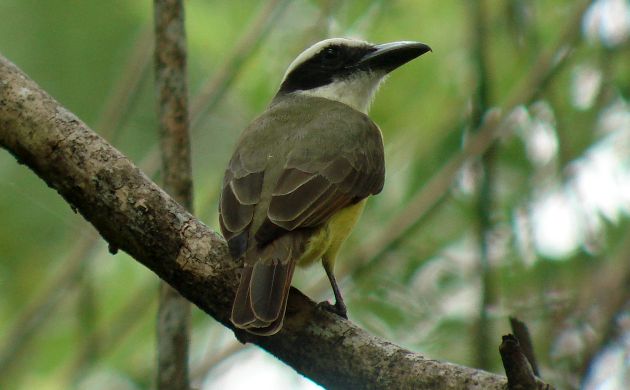
Now check out the Boat-billed Flycatcher with its hefty bill and lack of rufous compared to the kiskadee.
Some birders may feel the urge to just turn away and look in the other direction when confronted with species that have a suspicious, more Empid-like appearance (all too easy to do if a macaw or toucan happens to be present), but even those can be identified with a good look in the right places.
The Yellow-olive Flycatcher is one such species.
Like an Empid, this quintessential, basic neotropical flycatcher looks sort of bland but there are only a couple other species that sort of look like it. One, the Yellow-margined Flycatcher, doesn’t usually occur with it, and the other, the Greenish Elaenia, has a dark eye, different shape, and more narrow bill.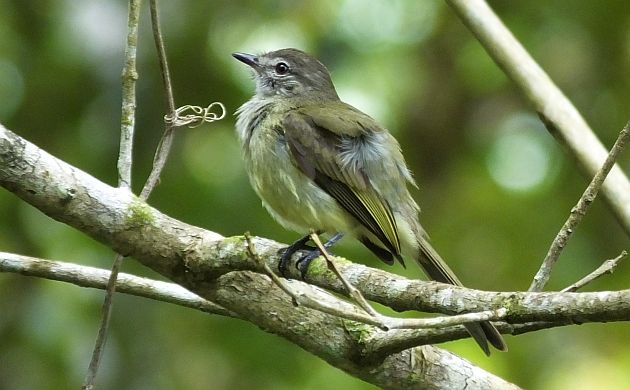
Greenish Elaenia.
The Mountain Elaenia also typically throws birders for a loop but even this one is easy once you become familiar with the small bill and prominent white edging to the tertials.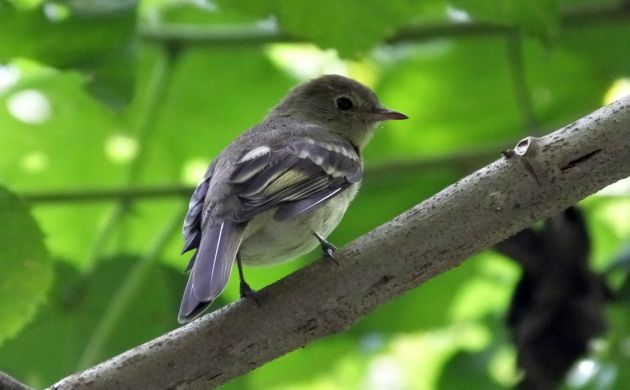
In Costa Rica, the Mountain Elaenia is one of the most common species in semi-open highland areas.
Even the local Empids are much easier than the migrants.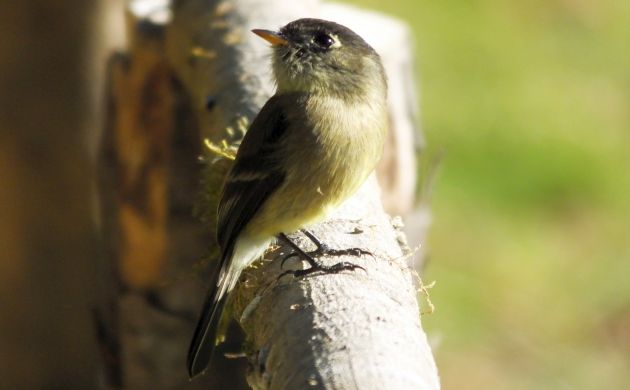
The Black-capped Flycatcher is an Empid restricted to high elevation habitats of Costa Rica and western Panama.
That’s not to say that there aren’t a few really tough flycatchers. Speaking of migrants, several Empids pass through the country although only the Yellow-bellied Flycatcher is a common winter resident. The rest are just as painful as they are up north but can still be identified with a good look and/or when they call. The same goes for the Myiarchus species in Costa Rica although it really is best to hear a Nutting’s or Brown-crested Flycatcher to give a suspect an honest name. That pair of birds just might be the toughest ID challenge in the country.
As for the other 60 plus flycatcher species, there’s nothing to fear.
Royal Flycatcher


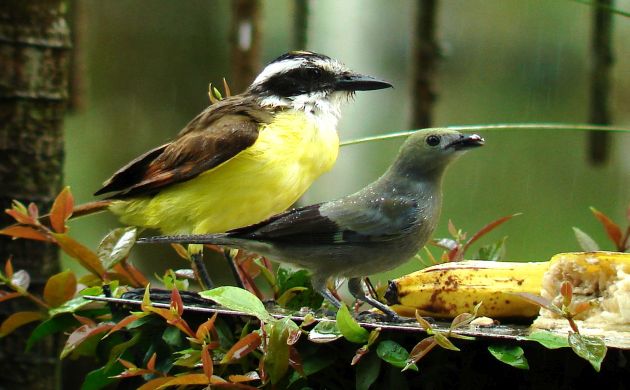
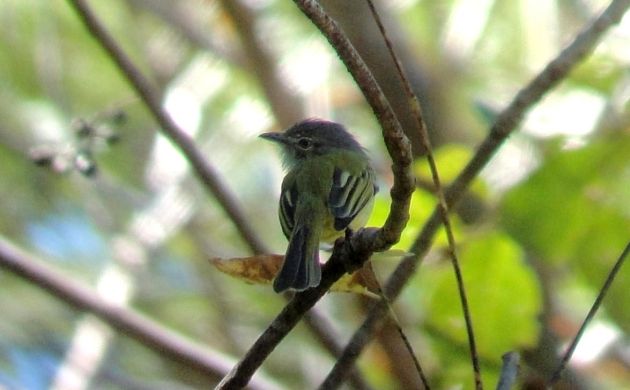
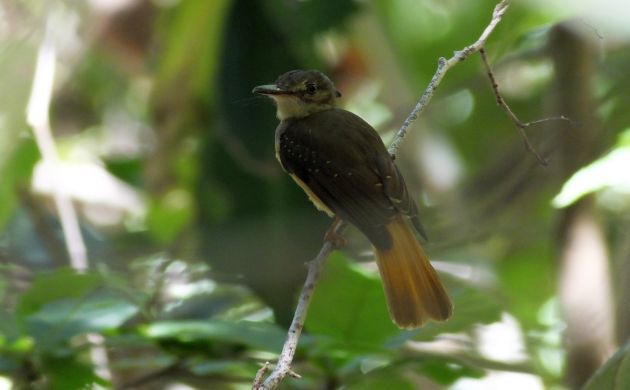











FANTASTIC post, thank you thank you thank you!